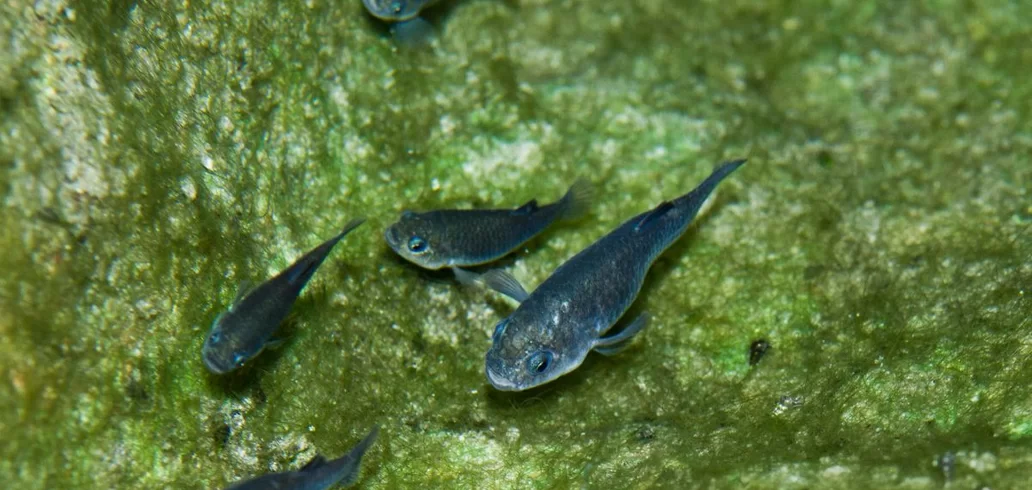Curiosities
What happens when we die (scientifically speaking)?
Advertisement
First, the cardiovascular system stops functioning, leading to a disruption in the supply of oxygen and nutrients to the tissues. This results in the brain and other vital organs stopping functioning. Without oxygen, brain cells begin to die within minutes.
Brain death is often considered a milestone in determining death where there is no measurable brain activity, including brain stem activity, which controls vital functions such as breathing and heart rate.
Over time, after death, physical changes occur in the body due to decomposition. As biological processes continue, chemical and physical changes occur that result in the decomposition of tissues.
Furthermore, on a molecular level, cells begin to break down and disintegrate as metabolic processes cease. Enzymes and bacteria present in the body begin to degrade tissues, leading to total decomposition of the body over time.
In short, scientifically speaking, death is the cessation of biological activity in an organism, resulting in the cessation of functioning of vital organs and eventual decomposition of the body.
What happens to the body after death?
After death, the human body undergoes a series of physical and biological changes, usually in a process known as decomposition. Here are some of the steps and changes that occur in the body after death:
1. **Pallor Mortis:** Soon after death, blood circulation decreases, resulting in a pale skin. This occurs because blood accumulates in the lower parts of the body.
2. Rigor Mortis: Within a few hours after death, the muscles of the body contract and become rigid due to a lack of ATP (adenosine triphosphate), an essential energy compound. This state of rigidity usually lasts from a few hours to several days, depending on environmental conditions and other factors.
3. **Cooling of the Body (Algor Mortis):** After death, the body begins to lose heat to the environment, resulting in gradual cooling. This is known as algor mortis. The rate of cooling can vary depending on the ambient temperature, the cause of death, and other factors.
4. **Lividity:** As blood pools in the lower parts of the body, discolored marks, called lividity, can form on the skin. These spots tend to become more prominent over time.
5. **Autolysis:** Autolysis is a process of cellular decomposition that occurs after death, where the cells' own digestive enzymes begin to digest the tissues. This leads to swelling and disintegration of the tissues.
6. **Putrefaction:** Putrefaction is the advanced stage of decomposition, where bacteria begin to break down body tissues, resulting in unpleasant odors and the formation of gases.
7. **Mummification:** In certain environmental conditions, such as arid or extremely cold climates, decomposition may be delayed, leading to mummification of the body. In such cases, the body may dehydrate and preserve itself for a long period of time.
These are just some of the changes that occur in the body after death. The decomposition process can be influenced by a variety of factors, including temperature, humidity, the presence of insects and other organisms, as well as the individual's state of health prior to death.
The final moments
The final moments of life can vary significantly from person to person and depend on a variety of factors, such as the cause of death, the presence of underlying medical conditions, and the physical and emotional environment. However, there are some common patterns that can occur during the final moments of life:
1. **Declining Consciousness:** As death approaches, many people experience a gradual decline in consciousness. They may become less responsive and spend more time asleep or unconscious.
2. **Changes in Breathing:** Breathing may become irregular, shallow, or labored. This may include breathing patterns such as Cheyne-Stokes breathing, where there is an alternation between periods of deep breathing followed by periods of apnea.
3. **Changes in Circulation:** Blood circulation may decrease, leading to cold, pale extremities. Blood pressure may also decrease.
4. **Changes in Body Temperature:** As metabolism slows, body temperature may drop, resulting in cold extremities and skin that is cool to the touch.
5. **Inability to Swallow Food and Liquids:** As death approaches, many people lose their appetite and the ability to swallow. Offering liquids may not be recommended as it can cause aspiration.
6. **Terminal Confusion or Delirium:** Some people may experience mental confusion, delusions, or hallucinations in the final moments of their lives. This may be due to changes in brain function.
7. **Increased Sleepiness:** Many people in the final moments of life spend more time asleep or unconscious.
8. **Changes in Facial Expression:** As death approaches, some people may appear more relaxed, while others may display facial expressions of discomfort.
It is important to note that not everyone experiences all of these symptoms and that the experience of death is highly individualized. Furthermore, emotional and spiritual support for the dying person and their loved ones during this time is essential to provide comfort and dignity in the final moments of life.
You may also like

Is it true that rubbing your eyes can cause keratoconus?
Find out if the habit of rubbing your eyes is related to the development of keratoconus, a serious eye condition.
Keep Reading



